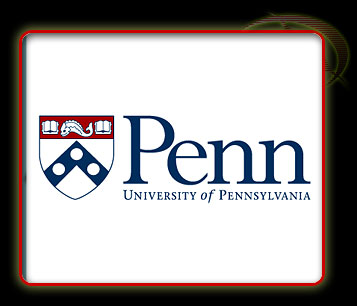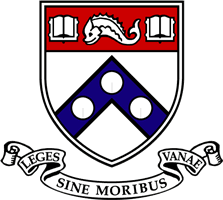


| 4 ENDURING UNDERSTANDINGS: |
| I. Chemistry is the central science. Chemistry
has drawn upon the quantitative insights of physics to create a
molecular model of the physical world which has transformed the
perspective of other sciences (especially biology) and which is the
foundation for technological innovations in medicine, engineering, and
material science.
|
| II. Chemistry is an experimental
science. a.
Chemists carry out experiments to discover the quantitative
relationships on which the underlying concepts for a model of the
physical world can be based.
b. The molecular model is based on experiments which meet statistical standards for reproducibility. c. Chemists strive to refine and improve the molecular model through further experimentation. d. Chemists use the molecular model to explain how macroscopic observations originate from molecular events. |
| III. Chemists synthesize new
substances and materials. a.
Chemists use knowledge of the molecular model to create new reactions.
b. Chemists use combinations of chemical reactions to create new substances and materials designed to meet social needs. |
| IV. Chemistry is based on nine core
ideas.... |
| 9 CORE IDEAS: | ||
| Core
Idea |
In a nutshell.... |
In
depth.... |
| 1.
Mole concept |
Matter
consists of atoms. |
The
concept of mole ratio leads to insight into the combining properties of
matter. |
| 2.
Atomic structure |
Atomic
structure accounts for periodicity. |
2a.
Solution of the Schrodinger leads to atomic wavefunctions. 2b. The shell model of the atom is a useful model for predicting periodic effects. 2c. The Aufbau principle predicts atomic structure. 2d. Coulomb's law is an important relationship for predicting the energies of electrons in atoms. |
| 3.
The chemical bond |
Bonds
form by electron-pair. |
3a.
Lewis structures describe how atoms are connected in molecules. 3b. Resonance theory is a useful model for describing the distribution of electrons in molecules. 3c. The arrangement of bonds in space can lead to structural isomerism. 3d. The symbolism used in the representation of chemical bonds and molecular structure are important for the rapid transmission of chemical knowledge. |
| 4.
Molecular geometry |
Shape
is especially important. |
4a.
VSEPR predicts shape around an atom. 4b. Conformational analysis predicts molecular shape. 4c. Molecules can exist as stereoisomers. |
| 5.
Intermolecular interactions |
There
are residual forces between molecules. |
Permanent
and transient dipole moments lead to attraction between atoms and
molecules. |
| 6.
Conservation of energy |
Energy
is conserved. |
6a.
Quantitative measurement of the interconversion of heat, work, and
potential energy leads to insight into the relationship between energy
and the structure of matter. 6b. The state functions internal energy and enthalpy are useful concepts for describing how energy is distributed in atoms and molecules. |
| 7.
Entropy concept |
Energy
and matter tend to disperse. |
7a.
The entropy concept provides insight into the origins of spontaneous
physical and chemical change. 7b. The Gibbs free energy is a fundamentally important concept for measuring the extent of chemical reaction. |
| 8.
Chemical Kinetics |
There
are barriers to reaction. |
Experimental
study of the rates of chemical reations leads to a model of how they
take place. |
| 9.
Reaction mechanisms |
There
are only four types of elemental reactions. |
9a.
Single electron transfer 9b. Electron pair donation/ acceptance (Lewis acid-base) 9c. Electron pairing/ unpairing 9d. Nuclear fission/ fusion |